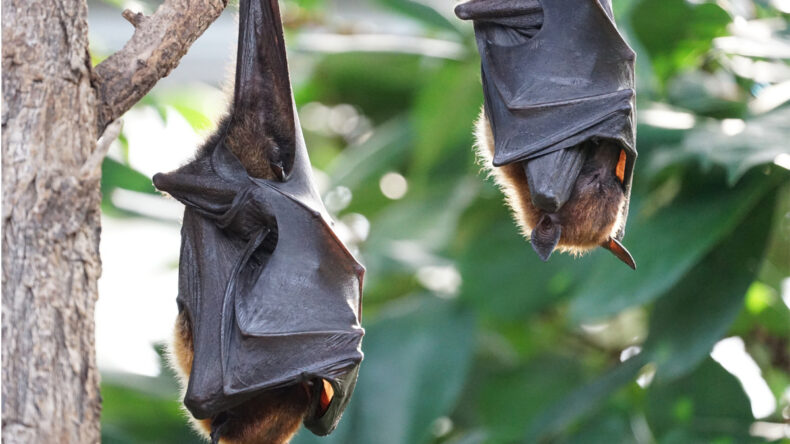The Indian Council for Medical Research (ICMR) National Institute of Virology (NIV) has found proof of the Nipah Virus across a number of regions in India, which has created a cause for concern for the country.

Nipah Virus discovered in Bats
The Indian Council for Medical Research’s National Institute of Virology (NIV) is currently conducting a survey that has yielded significant evidence of the Nipah virus in bats across multiple regions in India. Specifically, traces of the Nipah Virus have been detected in bats from Assam, Bihar, Goa, Karnataka, Kerala, Maharashtra, Meghalaya, Pondicherry, Tamil Nadu, and West Bengal, with the survey being led by Dr. Pragya Yadav. This study now encompasses 14 states and 2 Union Territories of India.
Notably, the bats which were sampled from Punjab, Telangana, Gujarat, Chandigarh, Odisha, and Himachal Pradesh did not show signs of the Nipah Virus. The implications of these findings are critical as they shed light on the potential presence and spread of the virus in the country, thus raising concerns among authorities.

The Nipah virus (NiV) is a zoonotic pathogen that is capable of causing severe respiratory problems and neurological illnesses in both animals as well as humans. Its primary mode of transmission is from fruit bats to animals and humans, which makes this time crucial in preparing for a possible outbreak. It is also known to spread through contaminated food and/or direct contact with individuals who have been infected by the virus. The infection initially presents itself with symptoms such as fever, headache, and muscle pain, and can gradually progress to encephalitis, resulting in a high mortality rate.
As of now, there is no specific treatment or vaccine available for the prevention or cure from the Nipah virus which makes preventative measures and early detection extremely essential in efficiently controlling its spread. Past outbreaks of the virus have caused a substantial number of fatalities, indicating the urgency for authorities to take necessary steps in monitoring and managing potential outbreaks to protect public health.
India’s History with the Nipah Virus:
India’s first Nipah virus outbreak occurred in Siliguri, West Bengal, in the early months of 2001. 66 cases were reported and out of those, there were 45 unfortunate fatalities. Those who were infected exhibited a range of symptoms, including fever, headache, muscle pain, vomiting, altered sensorium, acute respiratory distress, and convulsions. At that time, India lacked adequate containment facilities for handling high-risk pathogens and diagnostic tests to promptly identify the outbreak. As a result, the diagnosis was confirmed only in 2006 with assistance from the USA’s Centers for Disease Control.
India found herself battling with the second outbreak of the Nipah Virus, this time in the Nadia district of West Bengal in April 2007. Subsequently, the third outbreak of the Nipah virus struck Kerala’s Kozhikode district in May 2018. There were 18 confirmed cases and out of those there were 16 deaths. This outbreak marked the first occurrence of the Nipah virus in southern India.
Where could this lead:
Given the zoonotic nature of the Nipah virus and its history of causing outbreaks in various regions, health authorities must collaborate closely in order to implement stringent surveillance and preventative measures.

Furthermore, scientific research and funding toward developing specific treatments and vaccines for the Nipah virus should be prioritized in order to strengthen preparedness in case of future outbreaks. As the survey continues to unfold, a comprehensive understanding of the virus’s prevalence and distribution in India will aid in the formulation of effective strategies to safeguard public health and mitigate the potential impact of Nipah virus outbreaks in the future.













